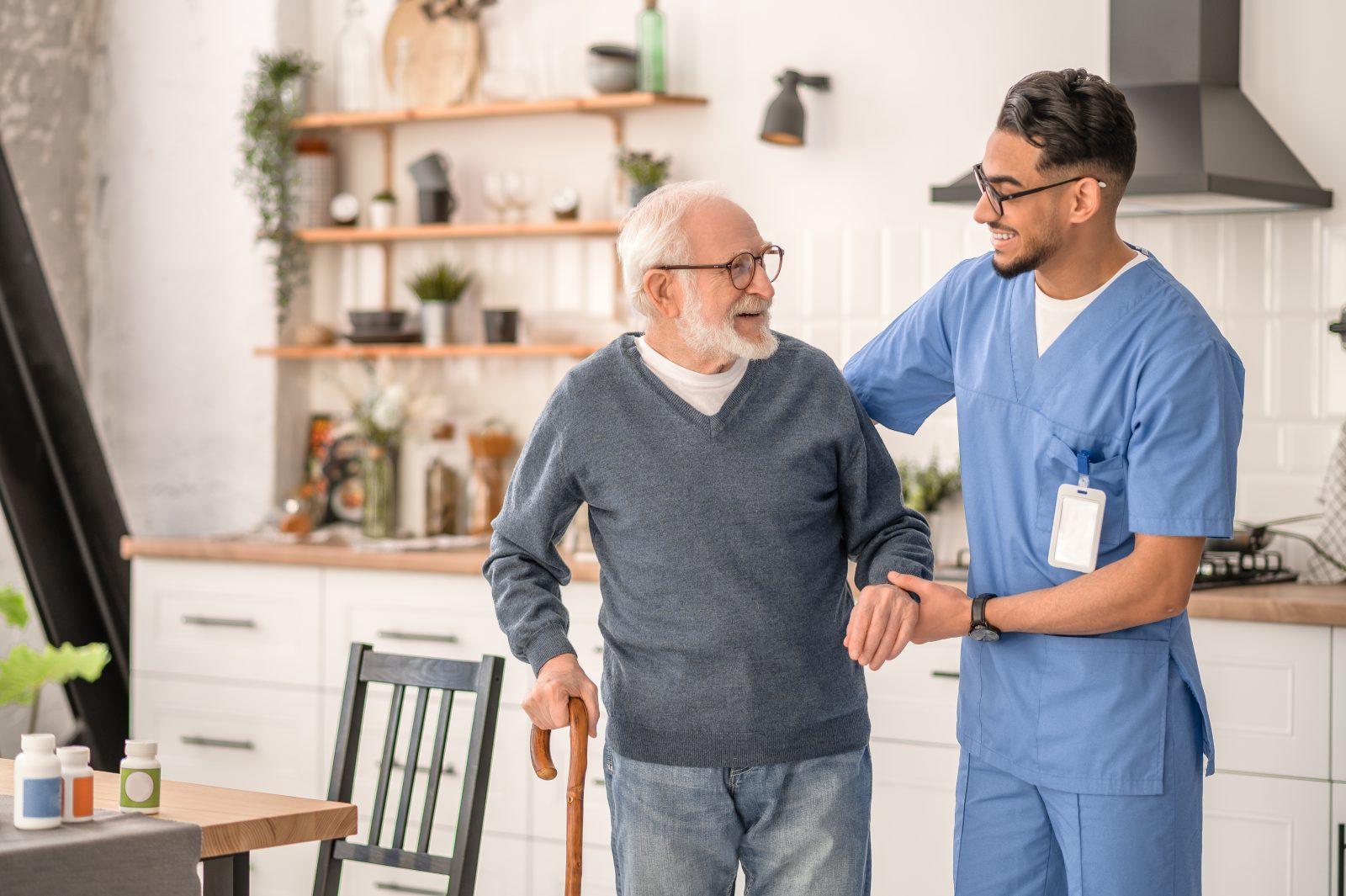Healthcare providers can learn how to recognize and mitigate home-based safety risks through this essential Patient Safety in the Home Training. The course equips them to identify common environmental hazards, perform comprehensive home safety assessments, and implement fall prevention strategies. By understanding these vital components, providers can better protect patients receiving care in non-clinical settings, ensuring safer environments that support recovery and independence. This knowledge is critical, as it empowers healthcare professionals to proactively reduce risks and improve patient outcomes in the increasingly common home care setting.
What You Will Learn:
Common environmental hazards in the home
How to conduct a home safety assessment to identify hazards
The importance of fall prevention in the home
Details:
Course length: 45 minutes; CME: 0.75
Languages: American English
Key features: Audio narration, learning activity, and post-assessment.
American Medical Compliance is accredited by the Accreditation Council for Continuing Medical Education (ACCME) to provide continuing medical education to physicians. Our Continuing Medical Education (CME) program is committed to enhancing the knowledge, skills, and professional performance of healthcare providers to improve patient care outcomes. Through high-quality educational activities, we aim to address the identified educational gaps and to support the continuous professional development of our medical community. American Medical Compliance designates this activity for a maximum of 0.75 AMA PRA Category 1 Credits. Physicians should only claim this credit for their complete participation in this activity.
Get Certified
American Medical Compliance (AMC) is a leader in the industry for compliance, Billing, and HR solutions. To become certified, please visit us at: American Medical Compliance (AMC).
Reach out for other courses by visiting the AMC Course Library.
Unsafe Components of Fire
Healthcare providers will learn how fires ignite in medical settings by examining three essential components: a fuel source, an oxidizer, and an ignition source. This course explains that common medical materials—such as linens, flammable gases, and human tissue—can serve as fuel. In addition, oxidizers like oxygen and nitrous oxide increase the risk by intensifying combustion. The course also highlights how ignition sources, including electrocautery tools, lasers, and defibrillators, can trigger fires. These risks are especially high in operating rooms, where all three components are often present. Understanding how these elements interact is essential for preventing fires and protecting both patients and healthcare providers.
For fires to ignite, three components must be present.
- The first is a fuel source or something to burn, including clothes and linens, flammable gases and liquids, and human tissues, among other materials.
- The second is an oxidizer, which will significantly increase the combustibility of the fuel source. Oxidizers include gaseous oxygen and nitrous oxide.
- Finally, the fire must be ignited by some object which serves as the ignition source.
Issues Relating to Patient Falls
Healthcare providers will learn how aging-related changes in gait, sensory processing, and medical conditions contribute to fall risk, especially among elderly individuals. This course explains that normal gait relies on the proper function of neural systems and accurate sensory input.
Some risk factors for falls in order of evidence strength include:
- A history of falls
- Impairment in balance
- Reduced muscle strength
- Visual problems
- Polypharmacy (defined as taking over four medications) or psychoactive drugs
- Gait difficulty
- Depression
As these systems deteriorate with age—and as older adults accumulate chronic conditions and medications—their risk of falling increases significantly. Falls typically result from a combination of these long-term vulnerabilities and sudden environmental or health triggers.
Understanding these dynamics enables providers to identify at-risk patients and implement targeted fall prevention strategies, helping reduce injury and disability
Components of a Home Assessment
Healthcare providers will learn how to conduct a thorough home assessment by inspecting key components such as lighting, floor conditions, furniture stability, walking paths, equipment, and appropriate footwear.
This course emphasizes the importance of creating a safe and accessible environment. Providers will also learn how to recognize and respond to mobility and transfer risks, use prescribed equipment correctly, and ensure residents wear proper footwear or gripper socks.
Understanding and applying these principles allows healthcare providers to prevent falls, support patient independence, and promote overall safety in the home care setting.
Safety Measures
Healthcare providers will learn how to recognize and address the unique safety challenges of delivering care in the home. Unlike clinical settings, the home environment is not designed for medical treatment. This course emphasizes the importance of identifying hazards such as bloodborne pathogens, unsanitary conditions, latex sensitivity, and ergonomic risks from lifting patients. It also addresses threats like aggressive pets and the potential for violence. In addition, the course highlights the dangers providers face while commuting between patient homes. Understanding these risks helps ensure safer care for both patients and providers.
The home environment is designed for living, not for professional care. For this reason, safe patient care is one of the most important challenges of home health care. Despite abundant research on safe care, there is still little understanding of safety issues in home care.
Home healthcare workers may be employed by a home care agency or may be self-employed independent contractors working directly for patients. They have little control over their work environment which may contain a number of safety and health hazards. These hazards include bloodborne pathogens and biological hazards, latex sensitivity, ergonomic hazards from patient lifting, violence, hostile animals and unhygienic and dangerous conditions. In addition, if their daily work schedule requires them to provide care for multiple patients, they face hazards on the road as they drive from home to home.
By understanding these dangers and implementing appropriate safety measures, healthcare providers can protect themselves and their patients, ensuring effective and responsible care in unpredictable home settings.



